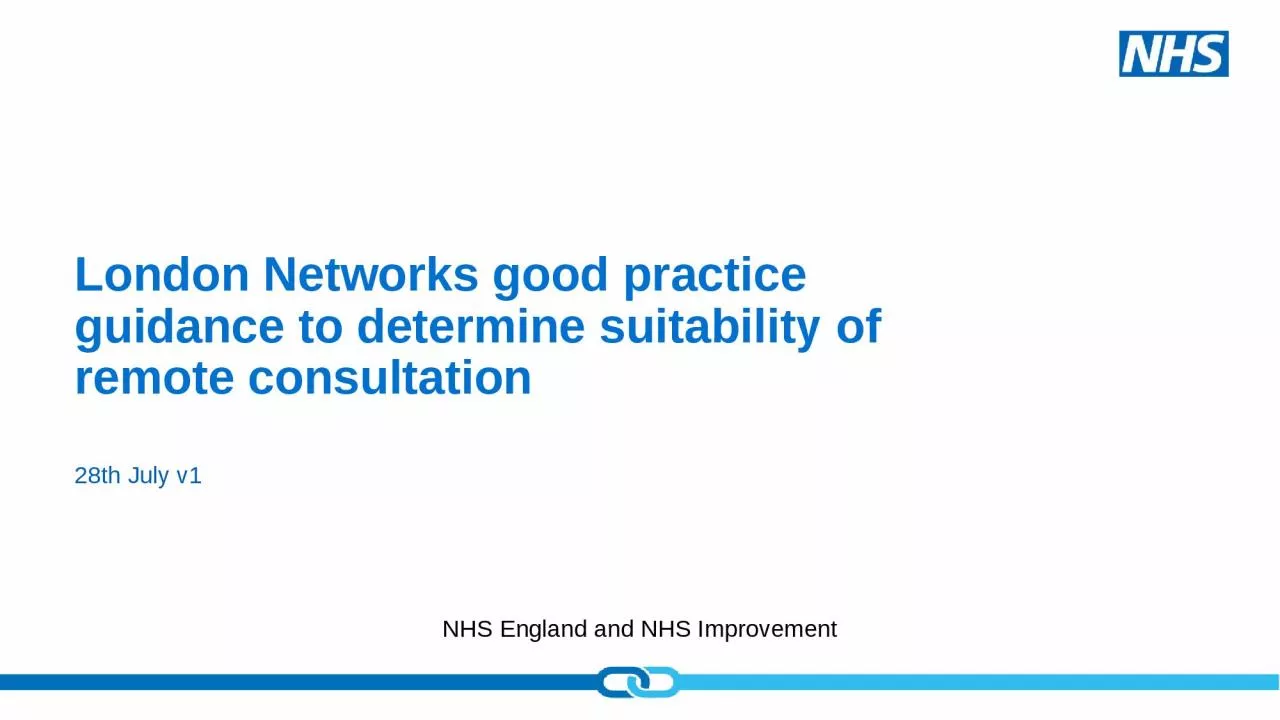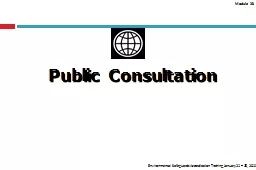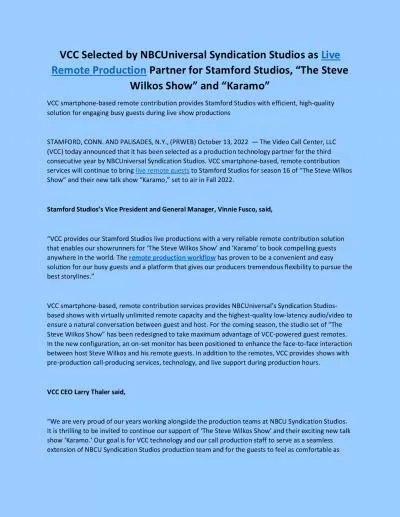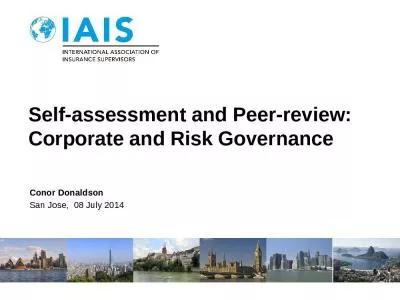PPT-London Networks good practice guidance to determine suitability of remote consultation
Author : gagnon | Published Date : 2023-11-21
28th July v1 NHS England and NHS Improvement This is a good practice guide to determine the suitability of remote consultation It is intended to provide practical
Presentation Embed Code
Download Presentation
Download Presentation The PPT/PDF document "London Networks good practice guidance t..." is the property of its rightful owner. Permission is granted to download and print the materials on this website for personal, non-commercial use only, and to display it on your personal computer provided you do not modify the materials and that you retain all copyright notices contained in the materials. By downloading content from our website, you accept the terms of this agreement.
London Networks good practice guidance to determine suitability of remote consultation: Transcript
Download Rules Of Document
"London Networks good practice guidance to determine suitability of remote consultation"The content belongs to its owner. You may download and print it for personal use, without modification, and keep all copyright notices. By downloading, you agree to these terms.
Related Documents














